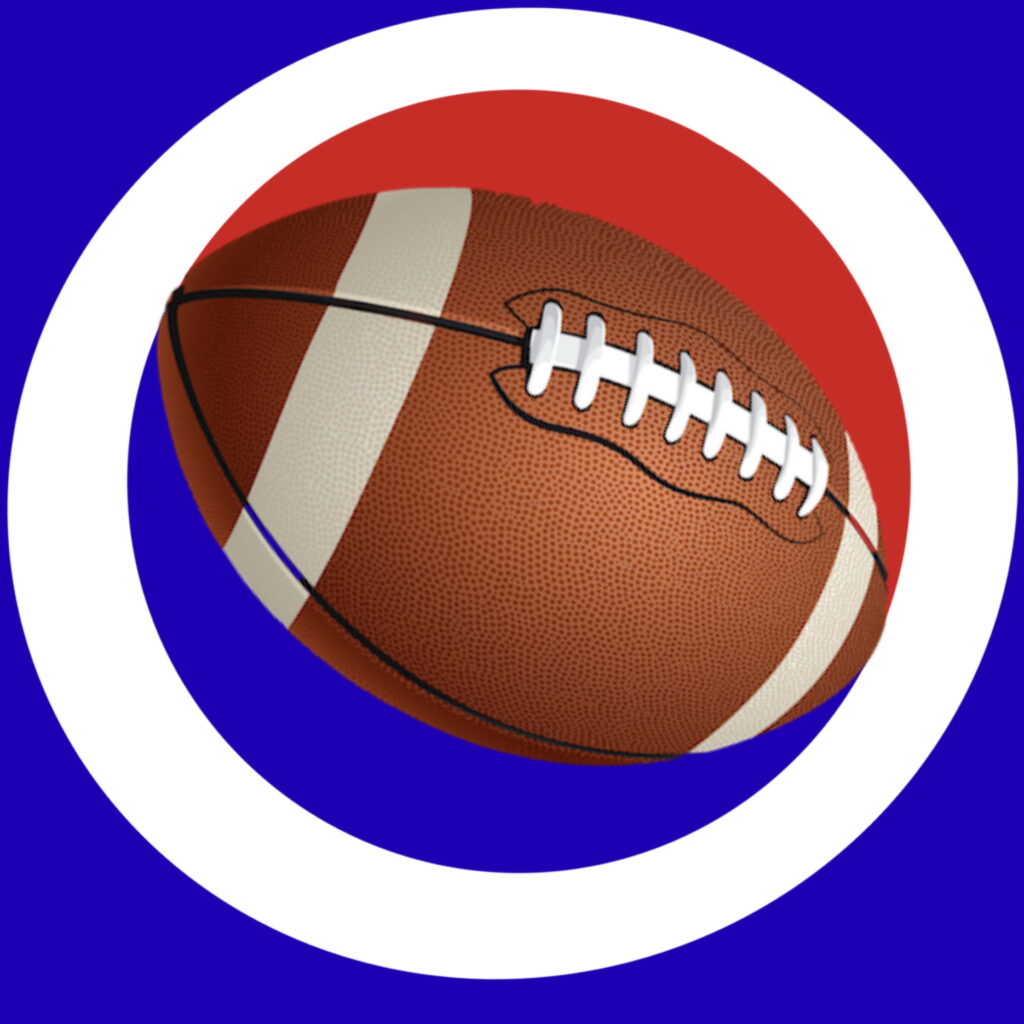Nico Iamaleava NIL Saga and its Impact on College Football
The recent saga surrounding Tennessee quarterback Nico Iamaleava has sparked intense debate across the college football community. His story will likely become a cautionary tale in the evolution of Name, Image, and Likeness (“NIL”) in college sports
From a huge NIL deal to eventually entering the transfer portal, Nico’s journey raises key questions about regulation, advisor accountability, and the current structure of college athlete compensation.
What Happened to Nico Iamaleava?
Quarterback Nico Iamaleava was recruited by the Tennessee Volunteers in 2022 and reportedly signed an NIL deal worth $8 million. This year, he was due to earn roughly $2.2m million from that agreement.
However, reports suggest his representatives attempted to renegotiate the deal, demanding $4 million to reflect what they believed was his current market value. This dispute escalated in the lead-up to spring practice and Nico skipped the first session, prompting Tennessee to part company with him. Nico eventually entered the spring transfer portal and has now joined UCLA with a reduced NIL package.
This move was a gamble that didn’t pay off. He’s now widely seen as the first “college football holdout,” a label that could follow him throughout his College career and any future NFL career. His absence from practice and the perceived miscalculation by his advisory team have drawn much criticism.
Key Issues Raised by the Iamaleava Case
If this had not happened to Nico, it would have been someone else. The current system is flawed and key issues must be addressed. These include:
1. Poor NIL Strategy and Advisor Errors
Much of the backlash has focused on Iamaleava’s advisory team—his father and an unnamed agent. While Nico ultimately bears responsibility for his decisions, it is clear that his advisors misjudged the market and his leverage.
This raises the broader question, do we need college athletes to have better-regulated advisors? Currently, NCAA rules prohibit agents from negotiating with schools, though advisors can assist with NIL matters. But without a licensing or regulatory body, oversight is minimal.
A potential solution would be a registration system for NIL advisors, similar to what we have in football in the UK. In this scenario, agents need to complete a FIFA exam and register with the Football Association. Defining the true scope of their role would be challenging however.
2. The NCAA Power Vacuum
Legal challenges have blunted the NCAA’s teeth and the NCAA’s limited authority has left the NIL space largely unregulated. Legal challenges have stripped the organization of its ability to enforce NIL rules, resulting in a fragmented and unpredictable landscape.
Ironically, one of the legal challenges weakening the NCAA’s power to regulate came from the Tennessee attorney general – this occurred in the build up to Iamaleava’s initial recruitment. The NCAA’s failure to proactively create a workable compensation model has led to chaos, as schools, boosters, and collectives navigate a system with no clear guard rails.
3. A Web of Conflicting Interests
While student-athletes are recruited by athletics departments, they typically negotiate NIL deals with third-party collectives or marketing agencies. Boosters, university administrators, families, and advisors also play roles in these discussions.
Because on-field performance boosts marketability—but cannot be directly compensated—tensions are inevitable. NIL contracts are legally distinct from team performance, yet deeply intertwined with it. This misalignment creates a system that is ripe for confusion and manipulation.
4. The New Power Dynamic of Student Athletes vs Programmes
NIL has drastically shifted the power balance between student athletes and athletics programmes. The old model of amateur athletes obediently following strict team rules is cracking. Today, top players have leverage and they are beginning to test it.
In Iamaleava’s case, neither the athlete nor the school backed down. The result was a very public standoff that could become a benchmark for student athlete empowerment. It could open the door for either athletes to demand more or a blueprint of the consequences if negotiations do not go to plan.
What Next for NIL in College Football?
In Olympic-style sports like swimming, NIL works better. Student athletes can monetise their marketability without disrupting team dynamics. But these types of sports do not tend to generate as much revenue for universities. In higher revenues sports like football or basketball, NIL is proving itself to be a flawed system.
College football is a multi-billion dollar business and needs a remuneration model that reflects that reality. As legal settlements like House v NCAA move towards a resolution, we are likely to see revenue sharing and formal pay-for play structures introduced.

A Collective Bargaining Era?
These developments will require new frameworks and this will likely include collective bargaining agreements (CBAs) beween schools and athletes. These would help define salaries, benefits, representation and dispute resolution in line with those used in professional sports.
CBAs will bring some order and fairness to a system that is rapidly professionalising. But they will also have their challenges, especially if applied to the wide range of sports managed by the NCAA. I will explore this in a separate post soon.
A Turning Point for College Football
The Nico Iamaleava saga underscores the urgent need for regulation, transparency and a longer-term strategy to student athlete remuneration. NIL was always going to be a bridging solution and we have reached the point of no return towards further change. However, whatever comes next must be clear and sustainable.



